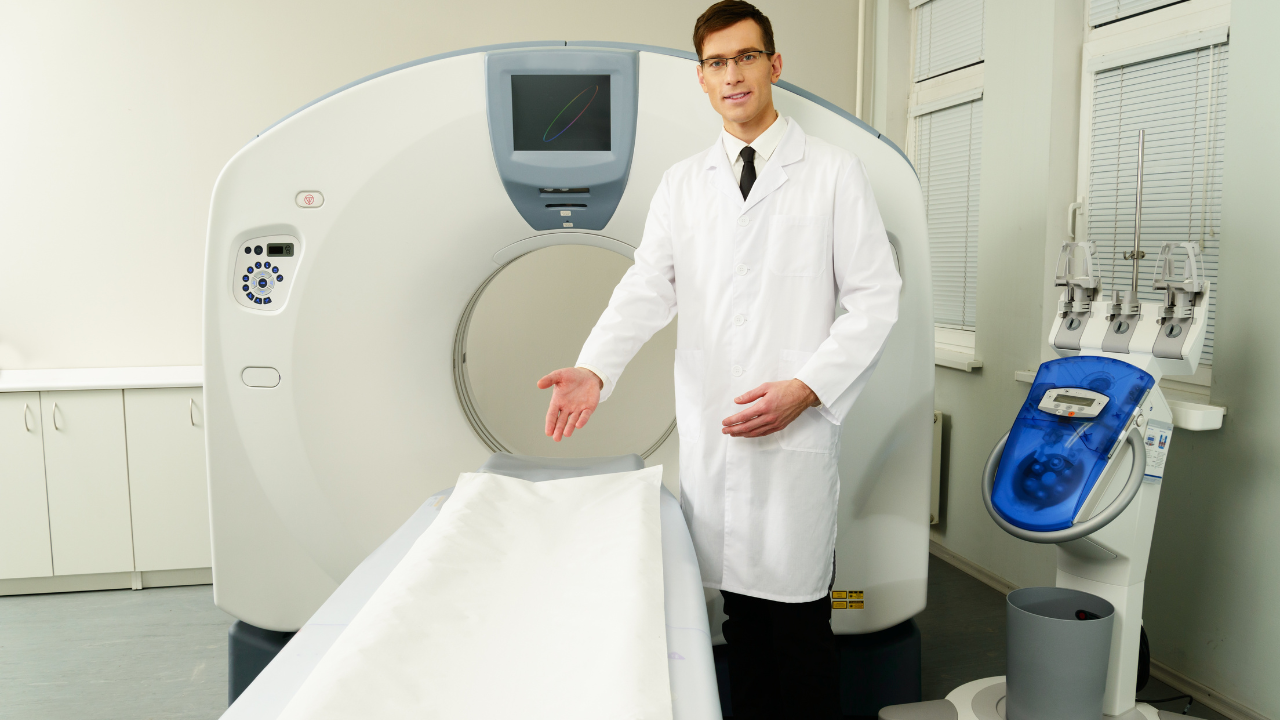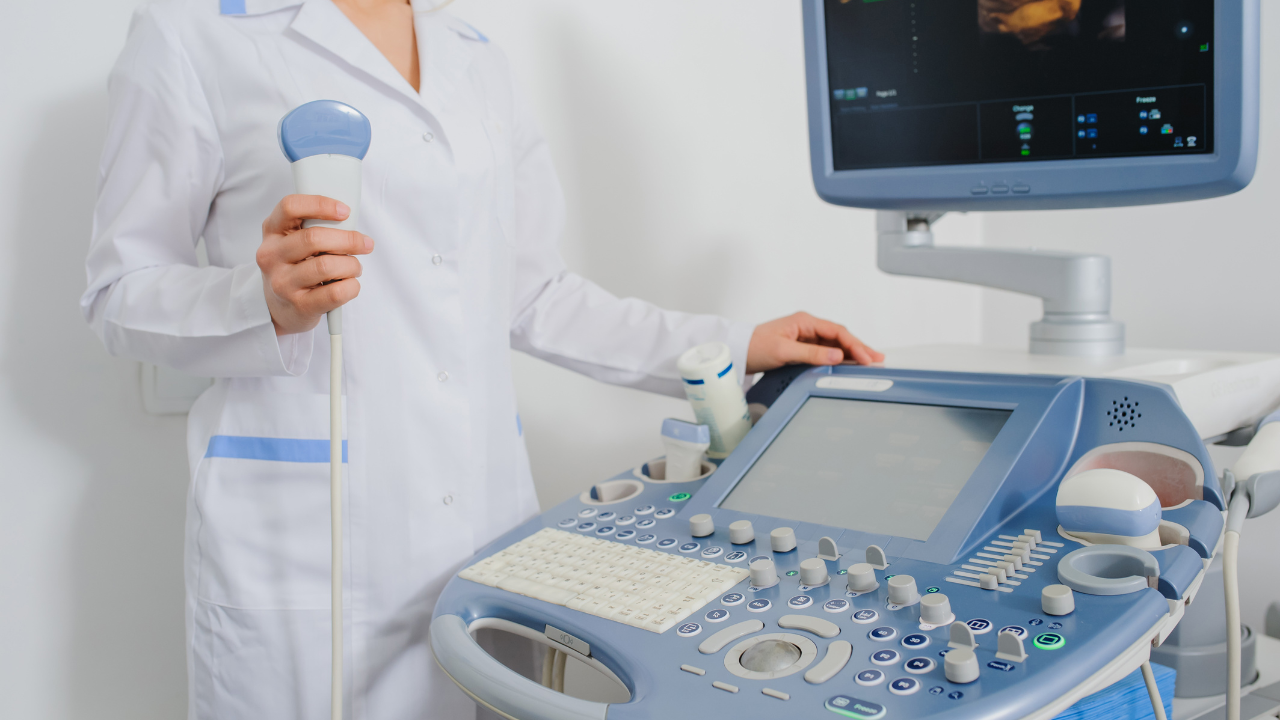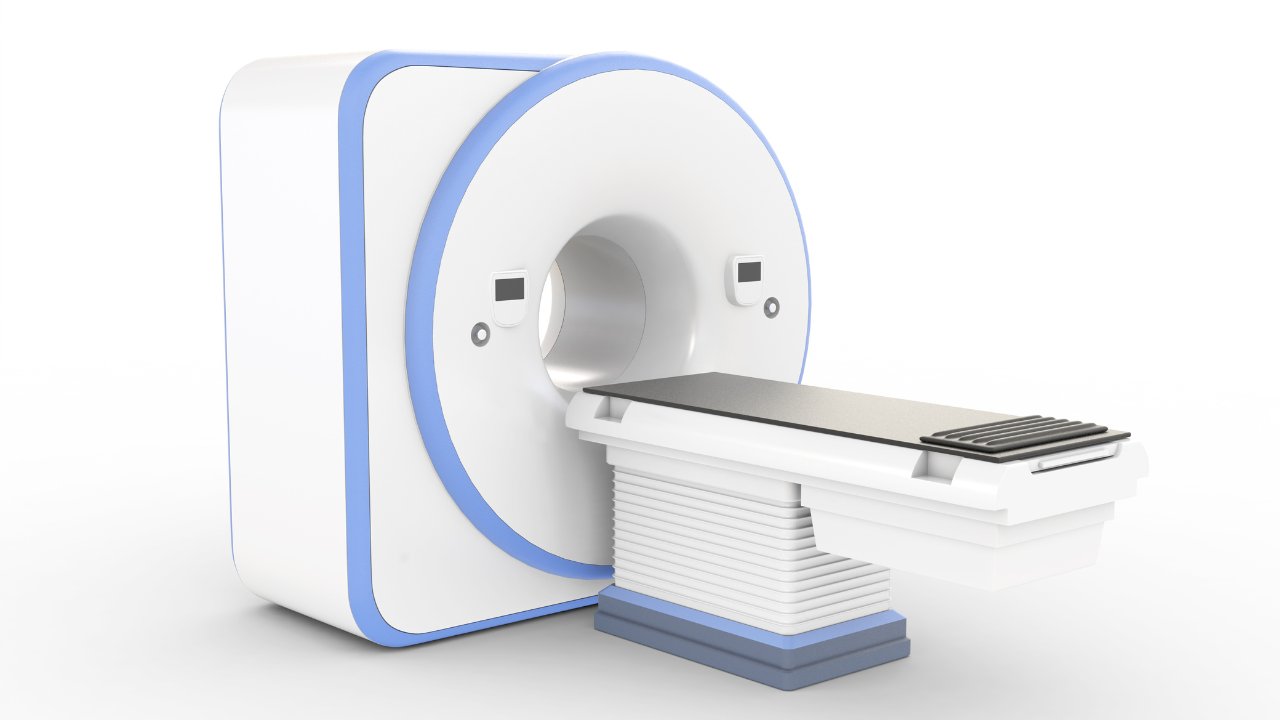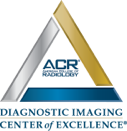Blog and News
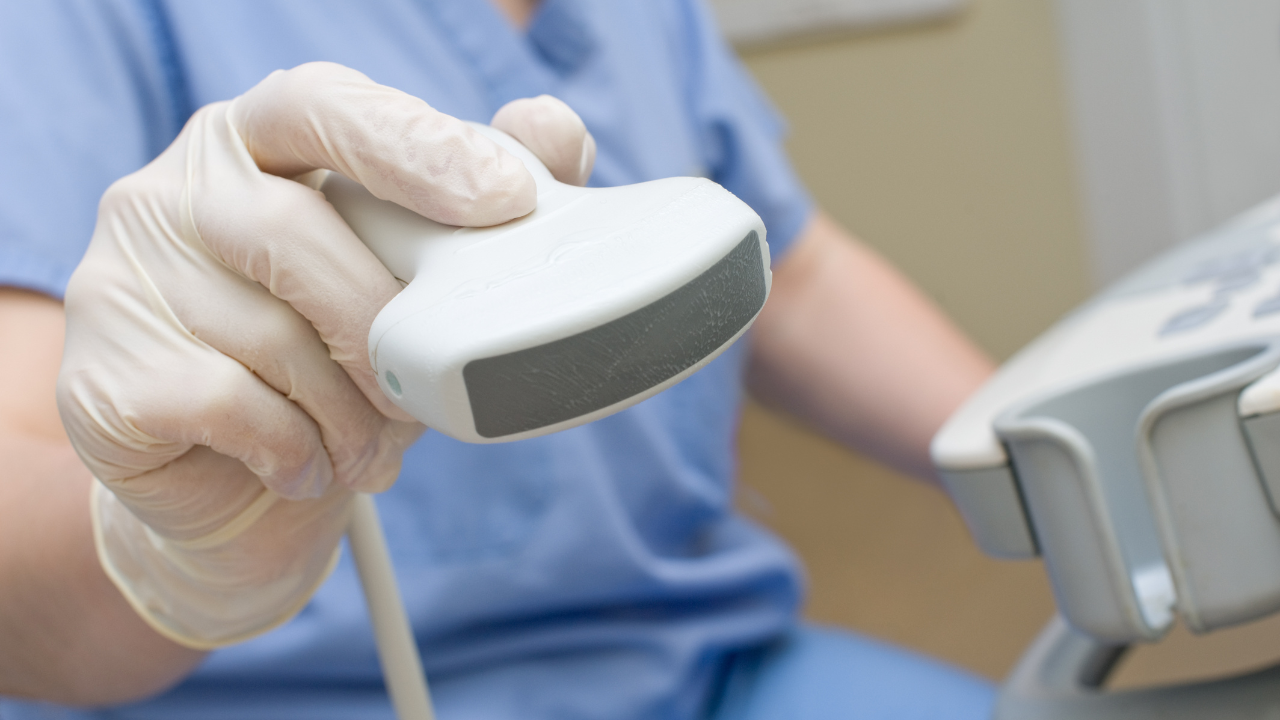
Yes, Doppler ultrasound
can detect the severity of vascular disorders
in your body. By measuring the velocity and direction of blood flow, it identifies abnormalities like blockages and clots. This non-invasive technique
uses high-frequency sound waves to provide real-time data, allowing clinicians to assess compromised blood flow and turbulence. With this precise information, healthcare providers can effectively diagnose vascular issues and create tailored treatment plans. If you're interested, you can explore more on how this technology ensures timely medical interventions and reduces the risk of severe complications.
Key Takeaways
- Doppler ultrasound measures blood flow velocity, indicating the severity of blockages or clots.
- It provides real-time data on blood flow direction and turbulence, highlighting severe vascular issues.
- The technique identifies areas of reduced blood flow, helping to gauge the extent of vascular compromise.
- Doppler ultrasound visualizes abnormalities in vascular patterns, aiding in the assessment of disorder severity.
- It assists in early detection and precise evaluation of vascular problems, guiding timely and appropriate interventions.
Understanding Doppler Ultrasound
Doppler ultrasound is a non-invasive imaging technique that evaluates blood flow through your vessels by measuring changes in frequency of the reflected sound waves. This method provides critical data on the velocity and direction of blood flow, aiding in the detection of vascular disorders. It's essential for healthcare providers committed to delivering accurate, timely diagnoses and improving patient outcomes in vascular health.How Doppler Ultrasound Works
By emitting high-frequency sound waves and analyzing their reflections, this technology accurately measures blood flow characteristics within your vessels. The Doppler effect shifts the frequency of these waves based on blood cell movement, providing real-time data. This helps clinicians assess flow velocity and direction, essential for diagnosing and managing vascular disorders. The precision of Doppler Ultrasound ensures reliable, non-invasive insights into your vascular health.Detecting Blood Flow Issues
Identifying blood flow issues with Doppler Ultrasound allows clinicians to pinpoint abnormalities like blockages, clots, or narrowed vessels with high accuracy. By visualizing real-time blood flow, you can detect subtle changes in vascular conditions. This non-invasive technique provides critical data, guiding treatment plans effectively. Leveraging Doppler Ultrasound ensures you're addressing patients' vascular issues promptly, ultimately reducing the risk of severe complications.Measuring Blood Velocity
Measuring blood velocity with Doppler Ultrasound enables clinicians to assess the speed and direction of blood flow within vessels, providing essential insights into vascular health. By using high-frequency sound waves, you can detect abnormalities such as turbulence or reduced flow rates. This method's precision helps in identifying areas where blood flow may be compromised, guiding you in making informed decisions for patient care.Identifying Blood Vessel Problems
When using Doppler ultrasound, you can effectively detect blockages early by observing abnormal blood flow patterns. This technique allows you to assess blood flow dynamics, identifying areas with reduced or turbulent flow indicative of vascular issues. Early detection enables timely intervention, reducing the risk of complications.Detecting Blockages Early
Early detection of vascular blockages through Doppler ultrasound significantly enhances patient outcomes by enabling timely intervention. You can identify stenosis or occlusions before they escalate, allowing for earlier treatment decisions. Clinical studies indicate that Doppler ultrasound's sensitivity in detecting blockages reduces the risk of complications, ensuring better long-term health for patients. Prioritizing early diagnosis can substantially improve prognosis and quality of life.Assessing Blood Flow
How effectively can Doppler ultrasound assess blood flow to identify potential blood vessel problems? Doppler ultrasound precisely measures blood flow velocity, revealing irregularities that indicate stenosis, occlusions, or aneurysms. It provides real-time, non-invasive imaging, ensuring accurate diagnosis. Using Doppler technology, you can detect vascular disorders early, enabling timely intervention and improved patient outcomes. Its sensitivity and specificity make it a vital tool in vascular health management.Heart Problems and Doppler Ultrasound
Doppler ultrasound is a pivotal tool in diagnosing and managing heart problems, providing real-time data on blood flow and cardiac function. You'll find it essential for detecting conditions like valve insufficiencies, congenital heart defects, and cardiomyopathies.Spotting Blockages and Clots
You can use Doppler ultrasound to accurately identify artery obstructions and detect deep vein thrombosis (DVT). This non-invasive technique measures blood flow velocity, helping you pinpoint areas of reduced or blocked circulation. With evidence supporting its reliability, Doppler ultrasound is essential for diagnosing and managing vascular disorders.Identifying Artery Obstructions
Spotting artery obstructions using Doppler ultrasound involves analyzing blood flow patterns to detect blockages and clots with high accuracy. By measuring changes in blood velocity and flow direction, you can identify narrowed or obstructed arteries. This technique provides real-time data, allowing you to assess the severity of vascular disorders. It's a non-invasive method that enhances diagnostic accuracy, ultimately improving patient care and outcomes.Detecting Deep Vein Thrombosis
Identifying deep vein thrombosis (DVT) involves examining venous blood flow patterns to detect the presence of blockages and clots, offering a reliable and non-invasive diagnostic approach.Assessing Vascular Disorders
Evaluating vascular disorders with Doppler ultrasound involves analyzing blood flow characteristics and vessel integrity to detect abnormalities. You'll examine parameters like velocity, turbulence, and waveform patterns. This non-invasive method identifies stenosis, occlusions, and aneurysms by measuring changes in blood flow dynamics. Accurate interpretation requires technical expertise to provide crucial insights, aiding in timely interventions and improving patient outcomes.Examining Carotid Arteries
When examining carotid arteries, you'll effectively identify blockages and stenoses using Doppler ultrasound. This technique allows you to measure blood flow velocity, providing critical insight into the severity of arterial narrowing. Accurate assessment of these parameters is essential for planning appropriate clinical interventions.Identifying Blockages Effectively
Utilizing Doppler ultrasound, clinicians can precisely detect and assess blockages in the carotid arteries, enhancing the diagnosis and management of vascular disorders. You'll find that by visualizing blood flow patterns and velocities, this non-invasive technique identifies arterial stenosis with high accuracy. This method supports timely interventions, reducing the risk of stroke and other complications, and ultimately improving patient outcomes through evidence-based care.Measuring Blood Flow Velocity
Accurately measuring blood flow velocity in the carotid arteries using Doppler ultrasound is crucial for diagnosing and managing vascular disorders effectively. You can identify stenosis by detecting increased flow velocities, which indicate narrowed arteries. This precise measurement aids in timely intervention, preventing strokes and other complications.Evaluating Leg Veins and Arterial Insufficiency
Evaluating leg veins and arterial insufficiency through Doppler ultrasound involves assessing the blood flow dynamics and identifying any blockages or abnormalities. You'll check for:- Venous reflux indicating valve incompetence.
- Reduced arterial flow suggesting stenosis or occlusion.
- Abnormal waveforms hinting at peripheral artery disease.
- Elevated venous pressure pointing to deep vein thrombosis.
- Collateral circulation as a sign of chronic arterial insufficiency.


